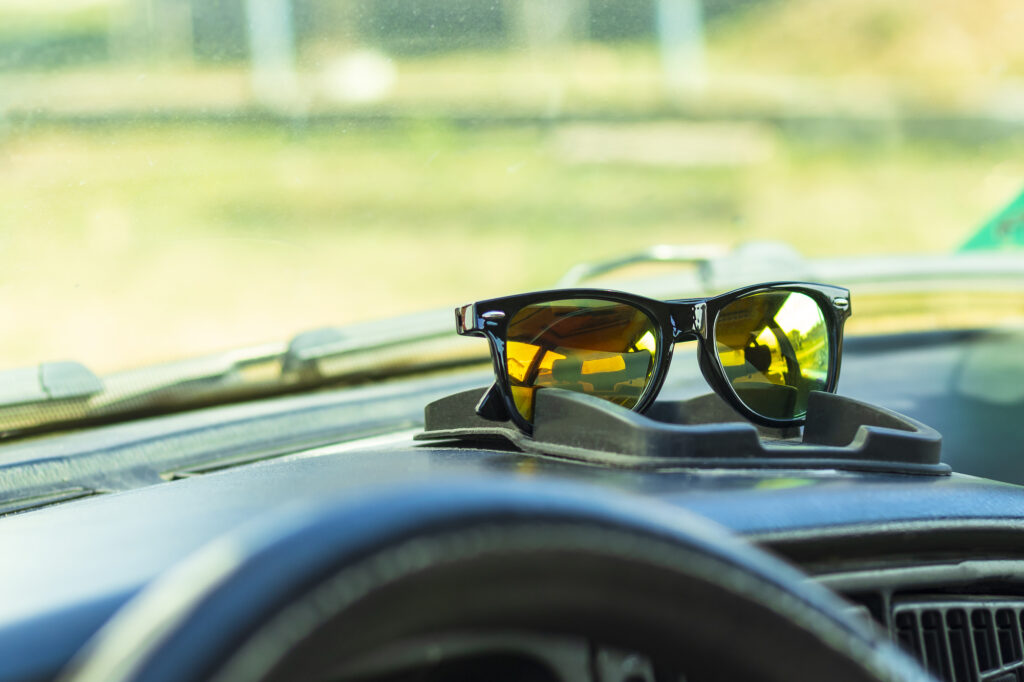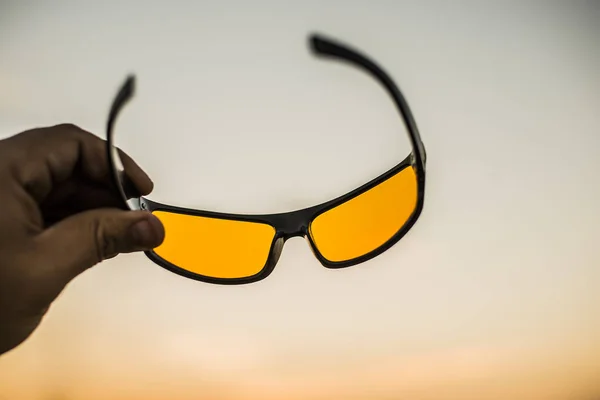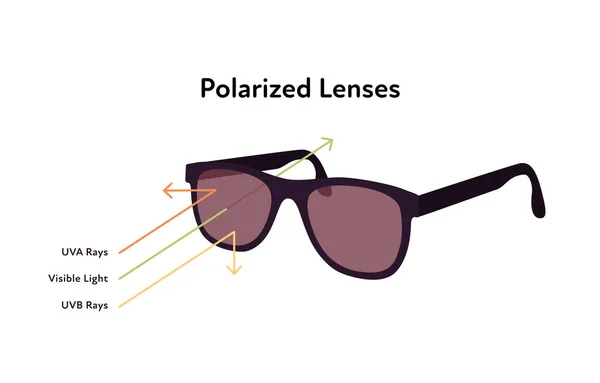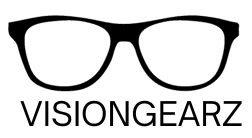Don't miss our holiday offer - up to 50% OFF!
Here’s the Truth: Not all Driving Glasses Are Safe

It happens to many drivers—you’re driving during the day, and suddenly, you can’t see because the sun is shining directly into your eyes. Or, you’re driving at night, and the bright headlights from oncoming traffic temporarily blinds you and puts you at risk for an accident.
We rely most on our vision when driving. 90% of our driving decisions are based solely on what we can see. So, if you can’t see while driving–even temporarily–you’re in danger of a mishap.
This is why so many people use driving glasses, hoping for a solution to the glare and reduced visibility. But are those yellow-tinted lenses really all that good?
How Driving Glasses Reduce Glare
In recent times, there has been a widespread adoption of blue-tinted LED headlights as replacements for the traditional halogen bulbs. This has increased the danger of glare while driving at night.
These LED bulbs produce a brighter and a more intense light beam than the human eye can handle. This, combined with the increasing popularity of SUVs and their high-set lights increase the chances of getting dazzled while driving at night
As such, more and more motorists are investing in special driving glasses that help reduce glare while increasing visual clarity. They also improve contrast and visibility in rainy or overcast conditions.
If you drive under tricky light conditions, driving glasses can make a world of difference by enhancing your vision and ultimately keeping you safe.
Features of Safe Driving Glasses

The main reason we use driving glasses is for safety while driving. However, you’d get the opposite result with low-quality driving glasses–they distort our vision, interfere with our ability to focus, and even cause headaches. They actually make driving more dangerous.
So, when you’re shopping for a safe pair of driving glasses, these are some things to look out for before buying:
Subtle Yellow Tinting
If you Google ‘Driving Glasses’, most of the pictures you’ll find are of yellow-tinted glasses, and there’s a reason for this.
Yellow lenses are better at cutting through fog, haze, and headlight glare at night. They convert harsh blue light into a warm, comfortable amber glow.
But heavily yellow-tinted glasses have a downside. They block a higher percentage of light than is needed for good vision. And if you can’t see clearly, you’re a big danger, not only to yourself but also to everybody else on the road.
When you’re scouting for driving glasses, the goal is to find driving glasses that have a subtle yellow tint but still offer glare protection and visibility.
UV Protection
We know that ultraviolet rays from the sun can be very damaging to our skin. But did you know that they also cause damage to our eyes?
Excess exposure can lead to eye conditions like cataracts, macular degeneration, and blindness.
When you’re driving, your eyes are often exposed to intense sunlight, especially during the summer months. It is important to wear driving glasses that provide sufficient UV protection, which will keep you safe from these harmful rays.
More often than not, low-quality driving glasses either have no UV protection at all, or provide a very minimal amount of UV defense, leaving your eyes vulnerable to these harmful rays.
The best quality driving glasses often offer UV 400 protection. It is at the top of the spectrum, and blocks wavelengths up to 400 nanometers. This takes care of nearly 100% of ultraviolet radiation, including UVA and UVB rays.
Polarised vs Non-Polarised lenses

Polarised lenses are ideal for driving during the day. They block the horizontally oriented light waves that create glare, and prevent direct sunlight from getting into our eyes.
They also increase contrast and make objects appear sharper.
However, they are not ideal for night use.
Even though they do a good job of reducing incoming traffic glare, they also block about 70% of light rays. This makes already poor lighting conditions worse. They also make it harder to see things like our digital GPS screens and instrument panels.
Durability
Durability is an important aspect of driving glasses. Poorly constructed, low-quality materials can lead to glasses that age and break faster.
Good driving glasses should also be sturdy, lightweight, and skin-friendly.
A comfortable fit is also important for safety and comfort during those long drives. Glasses that are either too tight or too loose can be distracting. Choose lightweight frames that will sit well on your nose and ears with no discomfort.
Scratch-resistant lenses are especially useful, considering that glasses will be expected to take daily wear and tear. Buying lenses with this coating would aid in maintaining the glasses for a long period of time.
Lens Material and Design
Most driving lenses are made from polycarbonate or trivex lens material.
Polycarbonate lenses are made from a very tough form of plastic, which is 10x more impact-resistant than regular plastic lenses. They are also scratch-resistant.
Trivex is a newer material that is lighter than polycarbonate and provides higher optical clarity.
These materials are tested by dropping a steel ball onto the lens from a certain height. If the lens doesn’t crack or shatter, it passes the test. This is important for driving because it protects your eyes from debris that might hit your glasses.
Many driving glasses have a curved lens design. This isn’t just for looks – it serves a real purpose. Curved lenses wrap around your face a bit, giving you better peripheral vision.
When you’re driving, you need to be aware of what’s happening to the sides of your car, not just in front of you. Curved lenses help you see more of your surroundings without having to turn your head as much. This can be especially helpful when you’re changing lanes or checking your blind spots.
Read Also: Are Driving Glasses Really Helpful at Night?
